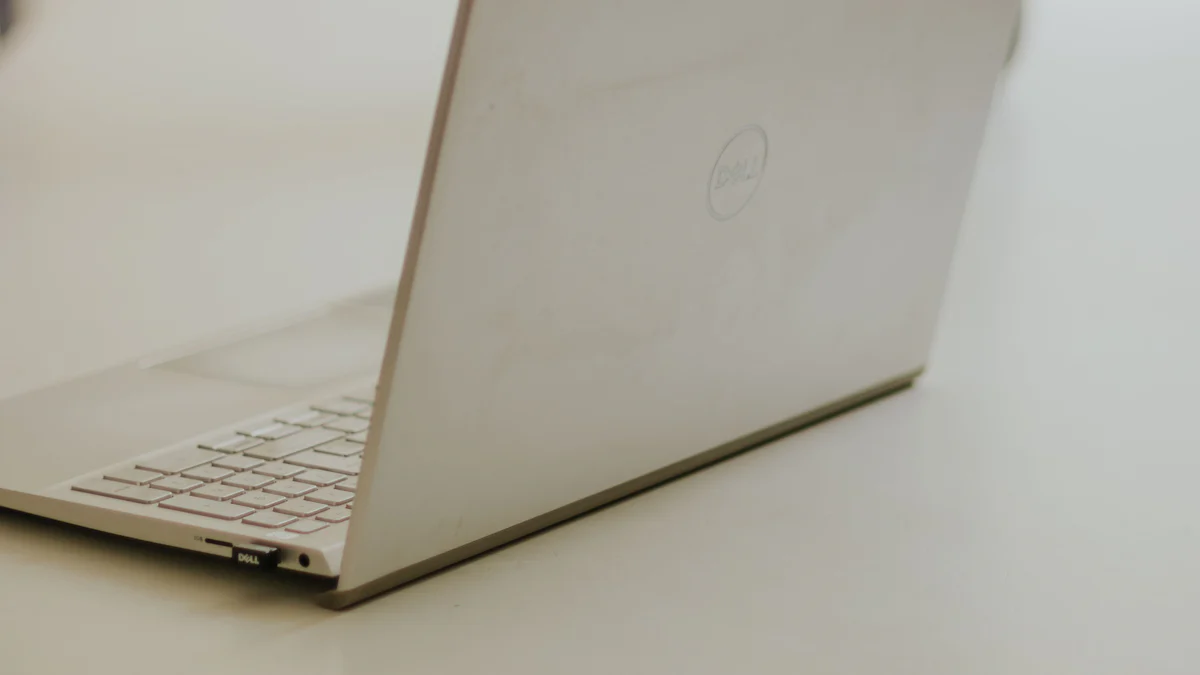
Oil-free air fryers offer a smarter way to cook while saving energy. They use about 50% less electricity than traditional ovens, making them ideal for frequent use. Appliances like the electric multi-functional air fryer or the capacity 6L electric air fryer are perfect for small meals. Their compact design ensures faster cooking times, reducing power bills. Models such as the multifunctional smart electric fries fryer also provide versatility, allowing users to prepare a variety of dishes efficiently.
Comparing Power Consumption: Oil-Free Air Fryers vs. Traditional Ovens

Wattage and Energy Use Differences
When it comes to wattage, oil-free air fryers typically use less power than traditional ovens. Most air fryers operate between 1,200 and 1,500 watts, while ovens often require 2,000 to 5,000 watts. This difference means air fryers consume less electricity during operation. For example, cooking a batch of fries in an air fryer might use around 1.5 kilowatt-hours (kWh), while an oven could use double that amount.
Another factor is preheating. Traditional ovens take longer to reach the desired temperature, which adds to their energy consumption. In contrast, oil-free air fryers heat up almost instantly, saving both time and electricity. This makes them a more efficient choice for quick meals or snacks.
Cooking Time and Energy Efficiency
Cooking time plays a big role in energy efficiency. Oil-free air fryers cook food faster because of their compact size and powerful convection fans. For instance, chicken wings might take 20 minutes in an air fryer but 40 minutes in an oven. Shorter cooking times mean less energy used overall.
Air fryers also excel at cooking smaller portions. Preparing a single serving of vegetables or a small pizza in an oven wastes energy because of its larger size. Air fryers, on the other hand, focus heat directly on the food, making them ideal for small meals. This targeted cooking approach reduces energy waste and lowers power bills.
Cooking Efficiency and Speed of Oil-Free Air Fryers
Faster Cooking Times and Energy Savings
Oil-free air fryers are known for their speed. They use powerful convection fans to circulate hot air, cooking food evenly and quickly. For example, a batch of chicken nuggets might take just 15 minutes in an air fryer compared to 30 minutes in a traditional oven. This faster cooking time means less energy is used, which can help lower electricity bills.
Another advantage is the lack of preheating. Traditional ovens often require 10-15 minutes to heat up before cooking even begins. Oil-free air fryers, on the other hand, start cooking almost immediately. This saves both time and energy, making them a great choice for busy households.
Tip: Use an air fryer for quick meals like fries, chicken tenders, or roasted veggies. It’s a time-saver and an energy-efficient option!
Benefits of Cooking Smaller Portions
Cooking smaller portions is where oil-free air fryers truly shine. Their compact size focuses heat directly on the food, ensuring efficient cooking without wasting energy. Preparing a single serving of fish or a small batch of cookies in an oven can feel wasteful. An air fryer, however, handles these tasks perfectly.
For families or individuals who often cook small meals, this appliance can make a noticeable difference in energy consumption. Plus, it’s easier to clean after cooking smaller portions, saving time in the kitchen.
Fun Fact: Air fryers are perfect for reheating leftovers. They crisp up pizza slices or fries better than a microwave! 🍕
Meal Size and Frequency: How They Impact Energy Costs
Small Meals vs. Large Meals: Which is More Efficient?
Cooking efficiency often depends on the size of the meal. For small meals, oil-free air fryers are a clear winner. Their compact design focuses heat directly on the food, ensuring minimal energy waste. Preparing a single serving of chicken or a small batch of fries in an oven can feel inefficient. The oven’s larger space requires more energy to heat, even if the meal itself is small.
For larger meals, traditional ovens might be more practical. Cooking a whole turkey or a large casserole in an air fryer could take multiple batches, which increases energy use. In these cases, the oven’s capacity allows for everything to cook at once, saving time and effort.
Tip: Use oil-free air fryers for small portions or quick snacks. Switch to an oven for family-sized meals to maximize energy efficiency.
Frequency of Use and Its Effect on Power Bills
How often you cook also impacts energy costs. Frequent use of an oil-free air fryer can lead to noticeable savings. Its faster cooking times and lower wattage make it ideal for daily use. For example, reheating leftovers or preparing quick breakfasts in an air fryer uses less electricity than firing up an oven multiple times a day.
However, overusing any appliance can add up. If you’re cooking several meals back-to-back, consider meal prepping. Cooking in larger batches and reheating portions later can reduce overall energy consumption.
Fun Fact: Air fryers are great for meal prep. Cook a week’s worth of veggies or proteins in one go, then store them for easy reheating!
Maintenance and Durability: Long-Term Energy Efficiency
Importance of Regular Cleaning and Maintenance
Keeping oil-free air fryers clean is essential for maintaining their energy efficiency. Over time, grease and food particles can build up inside the appliance. This buildup can block airflow, forcing the fryer to work harder and use more electricity. Regular cleaning prevents this issue and ensures the fryer operates at its best.
To clean an air fryer, users should remove the basket and tray after each use. Washing these parts with warm, soapy water keeps them free of residue. Wiping down the interior with a damp cloth also helps remove any stuck-on food. For stubborn stains, a soft brush can do the trick without scratching the surface.
Tip: Avoid using abrasive cleaners or steel wool. These can damage the non-stick coating and reduce the appliance’s lifespan.
A well-maintained air fryer not only saves energy but also delivers better cooking results. Food cooks evenly, and the appliance lasts longer, making it a worthwhile investment.
Longevity of Oil-Free Air Fryers Compared to Other Appliances
Oil-free air fryers tend to last longer than many kitchen gadgets when properly cared for. Their compact design and fewer moving parts make them less prone to mechanical failure. On average, a high-quality air fryer can last 3-5 years or more with regular maintenance.
Compared to traditional ovens, air fryers require less upkeep. Ovens often need professional servicing, while air fryers can be maintained at home. This ease of care adds to their durability and long-term energy efficiency.
Fun Fact: Some air fryer models even come with dishwasher-safe parts, making cleanup even easier!
By taking care of their air fryer, users can enjoy energy savings and reliable performance for years to come.
Oil-free air fryers offer a practical way to save energy while cooking. They work best for small meals and frequent use, cutting electricity costs by up to 50%. Regular cleaning and proper use can maximize these savings. Choosing the right meal sizes and cooking habits ensures long-term efficiency and cost-effectiveness.
FAQ
How much electricity does an oil-free air fryer use per hour?
Most air fryers use between 1.2 and 1.5 kilowatts per hour. This is significantly less than traditional ovens, which can use up to 5 kilowatts.
Can an air fryer replace a traditional oven?
For small meals or quick snacks, yes! However, for large dishes like a turkey or casserole, a traditional oven is more practical.
Tip: Use an air fryer for everyday meals and save the oven for special occasions. 🍗
Are oil-free air fryers expensive to maintain?
Not at all! Regular cleaning with warm, soapy water keeps them efficient. Some models even have dishwasher-safe parts, making maintenance a breeze.
Fun Fact: A well-maintained air fryer can last over five years! 🎉